Picture this: on a remote island thirty miles west of San Francisco, researchers discovered something remarkable happening in the sea caves. Baseline and post-eradication monitoring in ten sea caves recorded a nearly 3-fold increase in hatching success from 30% to 85%, due mainly to a drastic reduction in egg predation. It’s a story that’s playing out across numerous U.S. islands where dedicated scientists and conservationists have turned the tide for struggling seabird populations through strategic predator control.
The success stories emerging from these island restoration projects offer genuine hope in our fight to save threatened species. From California’s Channel Islands to Hawaii’s remote atolls, predator removal programs are proving that we can reverse decades of decline when we act decisively. What makes these victories even more compelling is how they demonstrate the resilience of nature when given a fighting chance.
Anacapa Island, California – The Murrelet Miracle
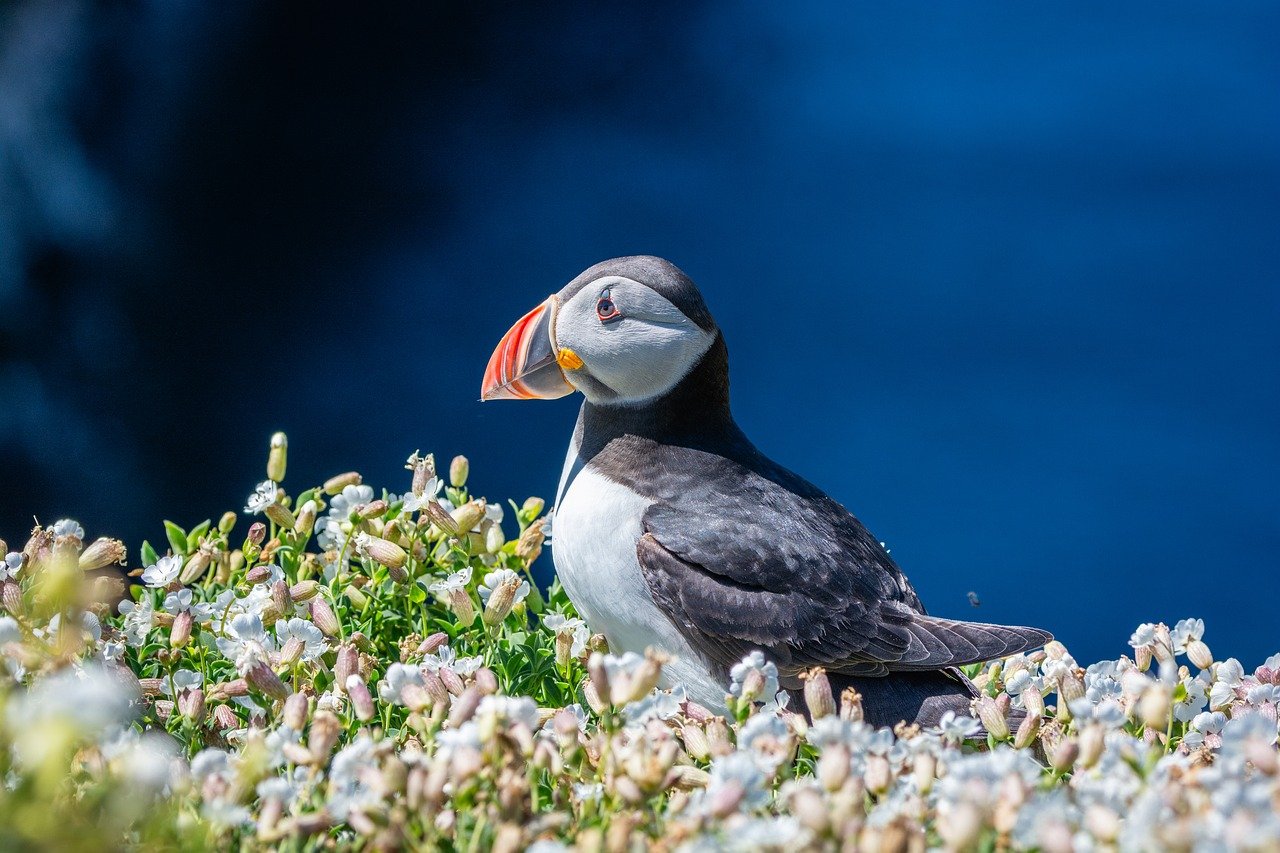
Ten years after eradicating the predatory rats, the island’s seabirds are demonstrably benefiting from the restoration project. The black rat, introduced to Anacapa Island in the early 1900s, preys on seabird eggs and displaces seabird nests. The transformation has been nothing short of spectacular since the rats disappeared.
Ashy storm-petrels are now nesting on Anacapa Island for the first time, Cassin’s auklets have expanded their nesting territories on the island, and the number of Scripp’s murrelet nests have increased four times and successful egg hatching has increased by 50%. Secondary benefits have been measured in the increased populations of native reptiles, native deer mice and native plants.
Farallon Islands, California – Murre Population Explosion
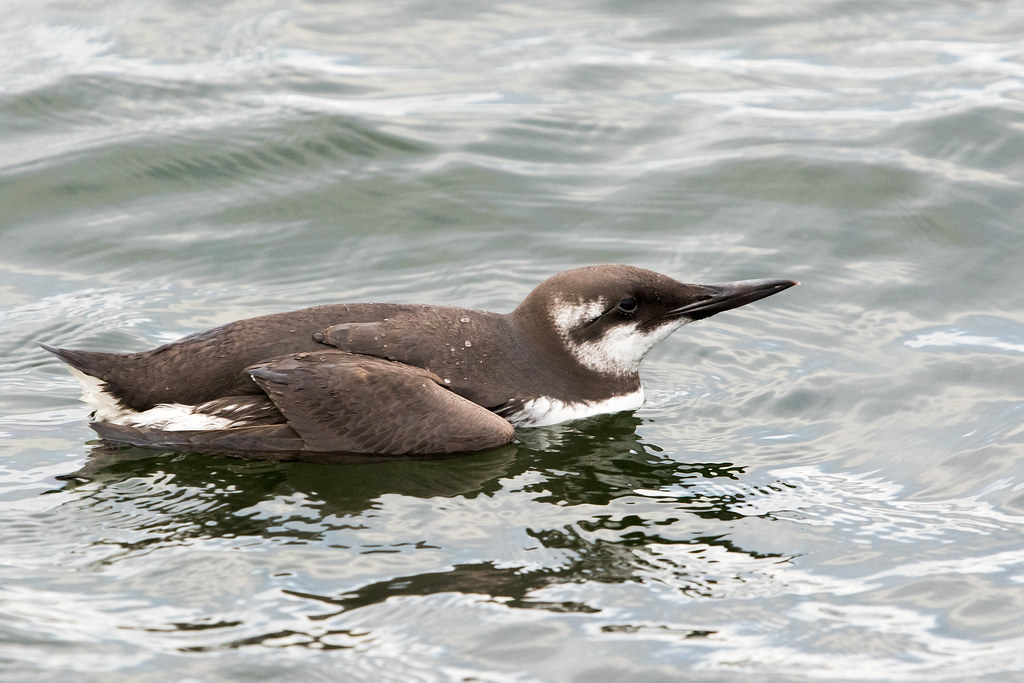
The Farallon Islands represent one of the most dramatic recovery stories in seabird conservation history. Since the islands were protected, common murres, which once numbered nearly 500,000 pairs but suffered from the egg collecting, oil spills and other disturbances that had greatly reduced their numbers, recovered and climbed from 6,000 birds to about 100,000 by 2000. This incredible turnaround showcases the power of protection and restoration.
Other threats, such as oilspills, human disturbance on the islands, and the depletion of Pacific sardine stocks, reduced populations further until they reached a low of about 6,000 birds during the 1950’s, but Southeast Farallon Island became a National Wildlife Refuge in 1969, and through protection and increased environmental awareness, populations in the Gulf of the Farallones gradually climbed to about 100,000 individuals by 2000.
Santa Barbara Island, Channel Islands – Restoration Success Story
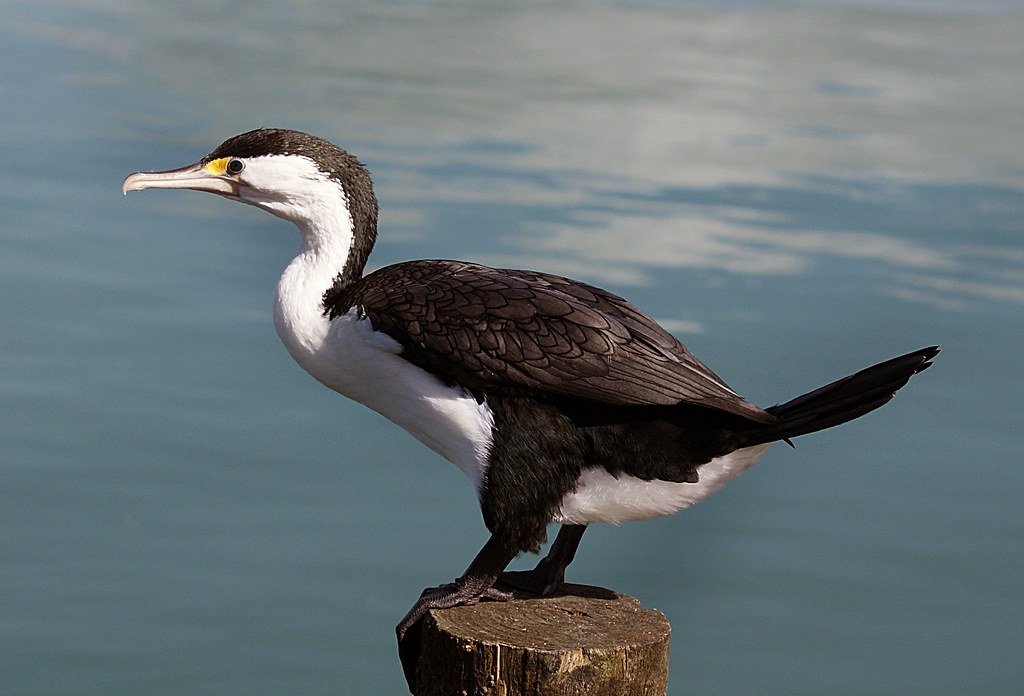
Imagine the excitement when biologists recently discovered the first ever nests of the rare and threatened Scripps’s Murrelet among two areas restored on the island for their benefit. This petite seabird has found new hope thanks to comprehensive habitat restoration efforts spanning nearly two decades.
Since 2006, NOAA’s Montrose Settlements Restoration Program has been restoring this habitat for murrelets and other seabirds on Santa Barbara Island, caring for the thousands of native plants they have placed along its dry slopes, and uncovering two nests in two different restoration plots this spring means the project has reached a major milestone. The discovery of these nests, including one egg discovered on Earth Day under a large native shrub planted during restoration efforts, which biologists confirmed had hatched into a healthy murrelet chick, represents hope for this threatened species.
Santa Cruz Island, Channel Islands – Island Fox Recovery Catalyzes Bird Recovery
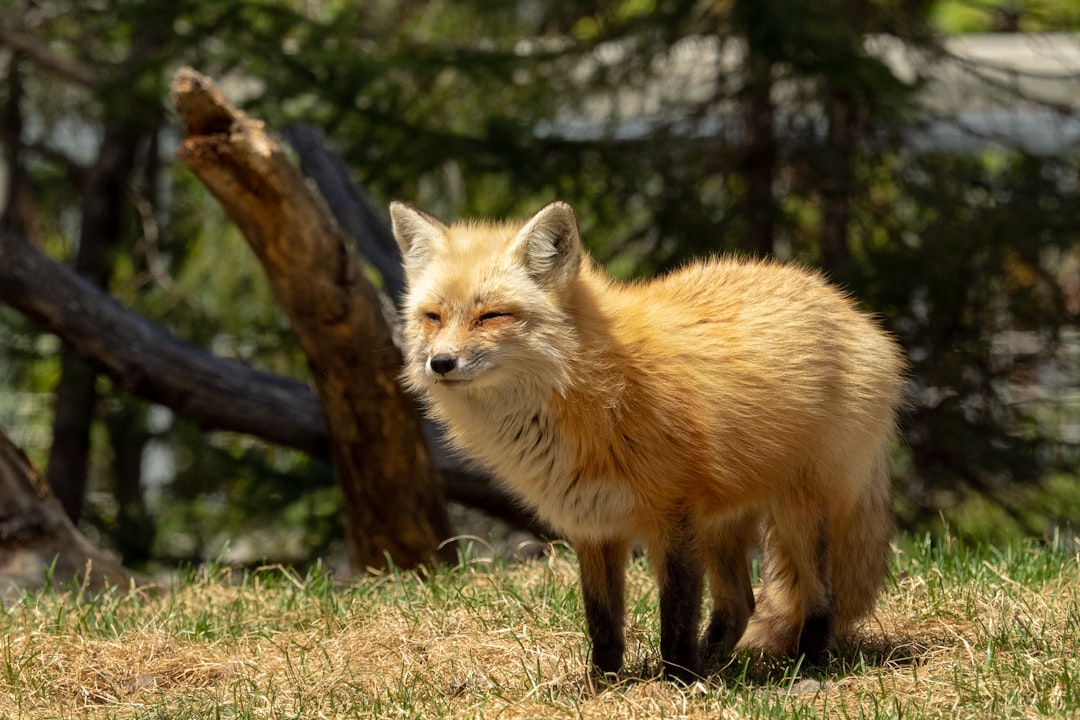
The restoration of Santa Cruz Island demonstrates how addressing one problem can create cascading benefits for multiple species. After dwindling to less than 100 individuals, the island fox has made a record-fast rebound with help from a breeding program, the eradication of land-hunting golden eagles and the invasive pigs that sustained them, and a reintroduction of bald eagles who prefer marine meals, and today, not only is it much more likely to spot these coy canids, but since they’ve reclaimed their place as the top terrestrial predator, the entire ecosystem is successfully tipping back into balance.
This ecosystem rebalancing has had profound effects on seabird populations. With fewer foxes, the deer mouse and spotted skunk populations exploded, and their increased foraging posed a higher risk to bird eggs. Now that the foxes have returned to their natural role, seabirds are experiencing less pressure from these secondary predators.
Midway Atoll, Hawaii – Ongoing Protection Efforts

Millions of native seabirds use Kuaihelani (Midway Atoll) as a critical home to mate and rear their young, but unfortunately, so do non-native mice residing on Sand Island that predate on nesting albatross and vulnerable chicks. Though recent eradication efforts faced challenges, the commitment to protecting this seabird paradise continues with intensive management programs.
The Laysan duck team has now successfully captured more than 1,100 Laysan ducks since January, transferred them to Eastern Island, and is now caring for and monitoring the population, and the team has had great success capturing the ducks on Sand Island and moving them to Eastern Island, with between late January and early April 2023, the team captured and moved hundreds of Laysan ducks to Eastern Island. These protective measures ensure seabird populations remain safe during ongoing restoration work.
Kauai, Hawaii – Endangered Seabird Recovery Success
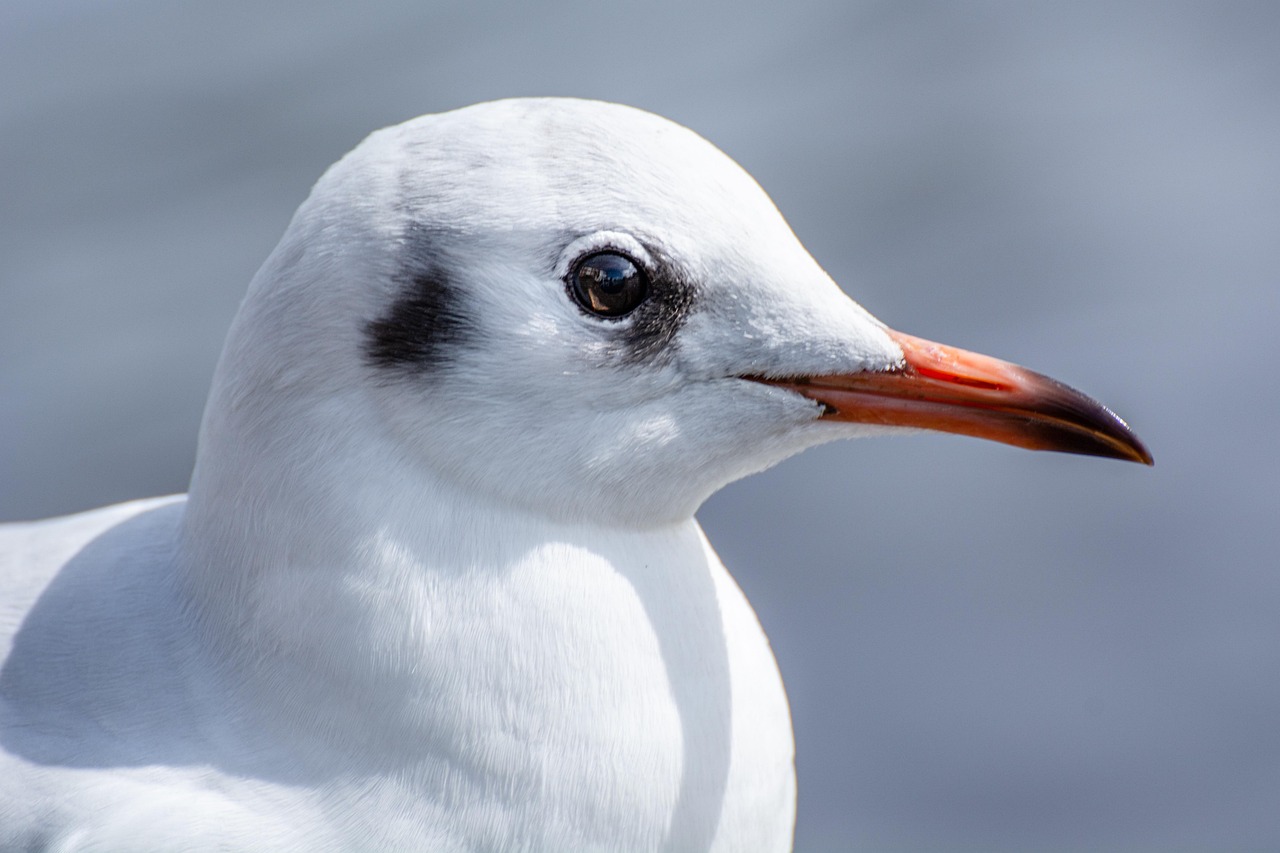
Between 2011 and 2017, researchers recorded 309 depredations of endangered seabirds on Kauai, of which 35.6% were by feral cats, 50.2% by black rats, 10.4% by pigs, and 3.9% by barn owls. The comprehensive approach to predator control on this Hawaiian island has yielded remarkable results for endangered species recovery.
Reproductive success at all sites increased once predator control operations were in place and depredations by all species except barn owls decreased. The research team’s predictive modeling showed stunning contrasts between scenarios: without predator controls, all colonies would dwindle toward extinction in what researchers called the CATastrophe model, but with controls, populations increased over those 50 years, with most sites seeing a 50-60 percent increase over the 50-year projection, while one site more than doubled.
California Channel Islands Marine Sanctuary – Multi-Species Recovery
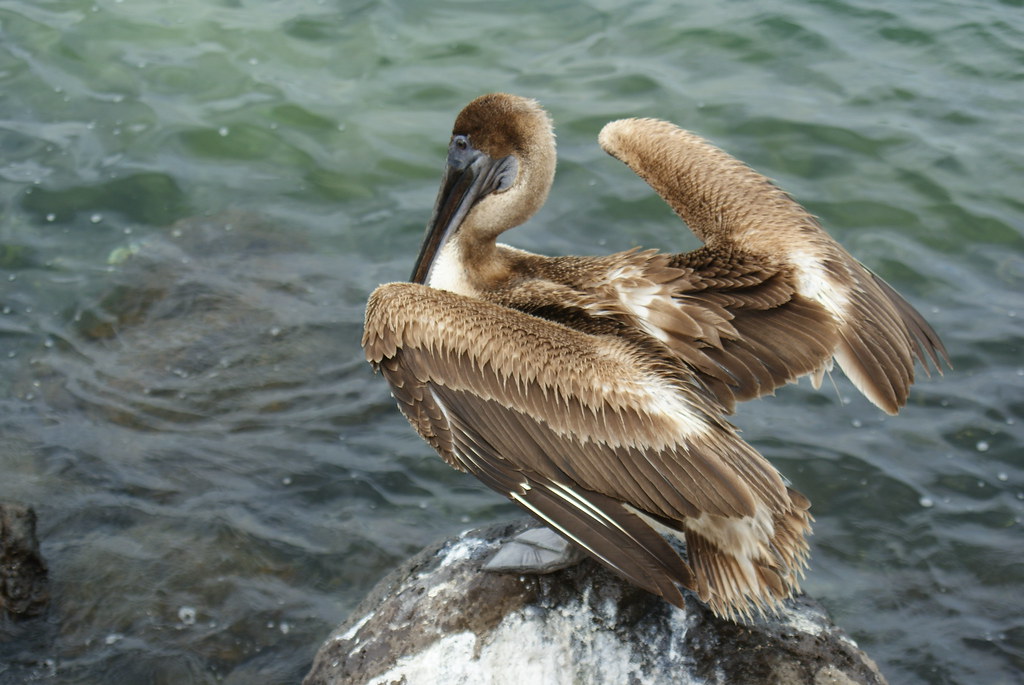
The broader Channel Islands region has seen remarkable seabird population improvements through coordinated conservation efforts. While some species, such as Brown Pelican and Brandts Cormorant are increasing and improving, other species (Cassins Auklet, Xantuss Murrelets, Ashy Storm-Petrel, Tufted Puffin, Rhinoceros Auklet, and Common Murre) are declining or not breeding due to impacts from changing ocean conditions, predation on eggs, young, and adults, and pollutants. However, targeted restoration efforts are addressing these challenges head-on.
On Scorpion Rock and Orizaba Rock, and Santa Barbara Island, social stimulation has encouraged the return of Cassin’s auklets and ashy storm petrels, with biologists using solar panels to power up MP3 players to broadcast the weak, croaking songs of the Cassin’s auklet that becomes a mighty chorus on windy, foggy nights, and the audio broadcasts of the ashy storm petrel’s rising and falling vocals attracts petrels to potential nest sites. There’s been an increase in the number of nests, showing these innovative techniques are working.
Scorpion Rock, Channel Islands – Habitat Restoration Pays Off

Currently, about 35 breeding pairs of auklets nest inside artificial and natural burrows, while restoration teams landscape the seabird guano-cloaked Scorpion Rock with native plants, and the laborious effort is paying off with restoration ecologists seeing a light at the end of the tunnel, with work now simply staying on top of the new plantings and monitoring nest sites. This small rocky outcropping demonstrates how targeted habitat restoration can create new seabird colonies.
The restoration team keeps a small nursery of native island flora on Santa Cruz Island and paddles them by kayak out to Scorpion Rock for planting. This hands-on approach, combining artificial nest boxes with native vegetation restoration and social attraction techniques, has created a thriving seabird habitat where none existed before.
Tromelin Island Region – International Success Model
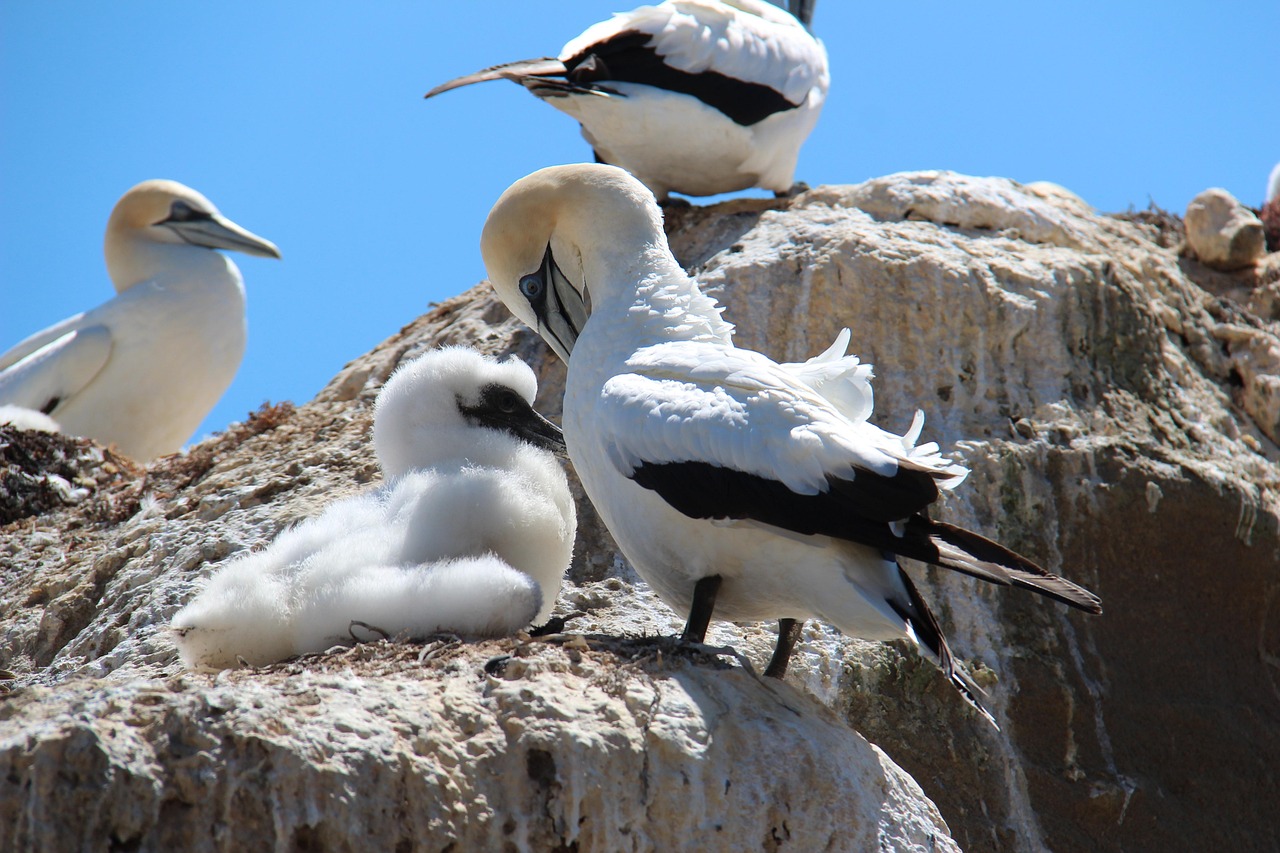
While not technically a U.S. island, several seabird species are once again thriving on this small island near Madagascar thanks to the eradication of invasive rodents, where the island was likely home to eight seabird species before the arrival of rats, but by 2005, only two species persisted – a few hundred pairs of masked and red-footed boobies, but luckily, the last rat on the island was killed that same year as part of an official eradication campaign, and now the island is once again home to seven seabird species – by 2013, populations of both red-footed and masked boobies had more than doubled. This success provides a model for similar efforts on U.S. territories.
Tromelin Island is just one of several success stories for bird conservation, with other examples including the ulūlu, a bird native to Hawaii, which has been saved from near extinction thanks to years of efforts. These international examples demonstrate the global applicability of predator control techniques.
California Marine Protected Areas – Ecosystem-Wide Benefits
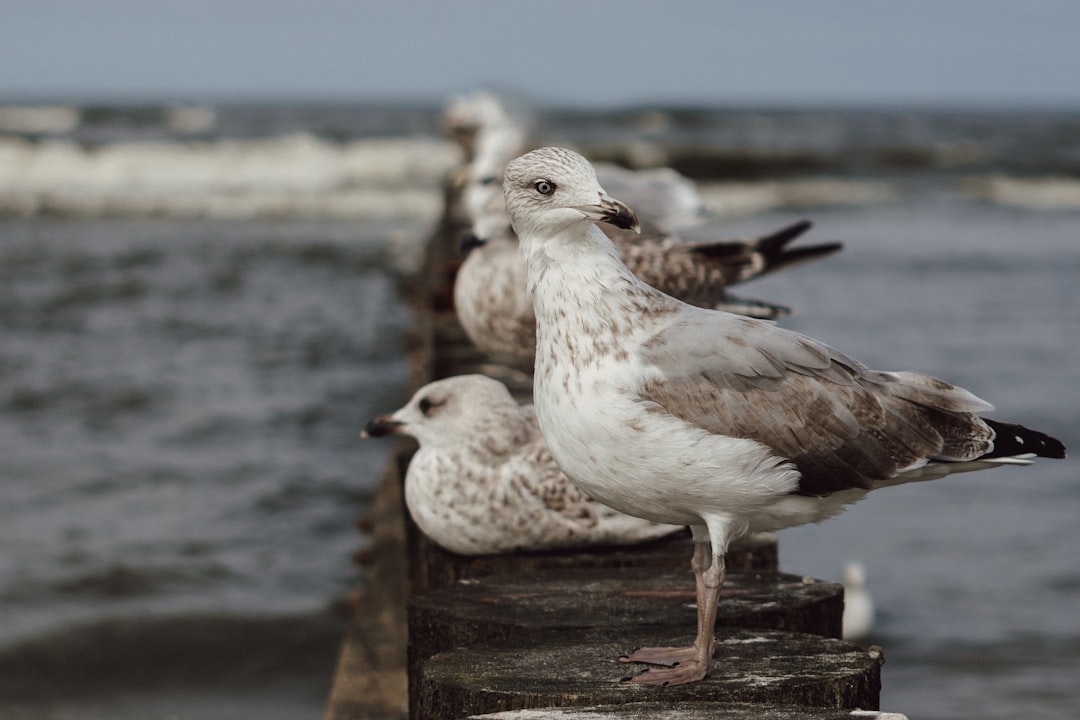
Cormorants began to return to the Farallones, but also increased at coastal sites, and throughout the Gulf of the Farallones reached a peak size exceeding 40,000 breeding birds, more than double their population of the 1970s, and fishermen are enjoying increased fishing success around the boundaries of various marine protected areas, catching more and larger rockfish. The establishment of marine protected areas has created cascading benefits throughout the ecosystem.
Among all the animals of the Gulf of the Farallones, seabirds are commonly used as barometers of the health of marine ecosystems. The recovery of seabird populations in these protected waters signals broader ecosystem health improvements that benefit multiple species and even local fishing communities through the spillover effect.
The stories from these ten island recovery zones paint a picture of conservation success that seemed impossible just decades ago. Each victory required years of careful planning, substantial financial investment, and the unwavering dedication of countless researchers and volunteers. Yet the results speak for themselves: after successful eradication, the median growth rate was 1.119 and populations with positive growth greatly outnumbered those in decline.
What strikes me most about these success stories is how they demonstrate that nature’s resilience never truly disappears. It simply waits for us to remove the barriers we’ve created. From rat-free islands where storm petrels nest again for the first time in over a century, to comprehensive ecosystem restoration that brings back not just individual species but entire food webs, these projects prove that targeted conservation action can achieve remarkable results. The question now isn’t whether we can save endangered seabirds, but whether we have the collective will to apply these proven methods more widely. What do you think it will take to scale up these successes to protect seabirds worldwide?




